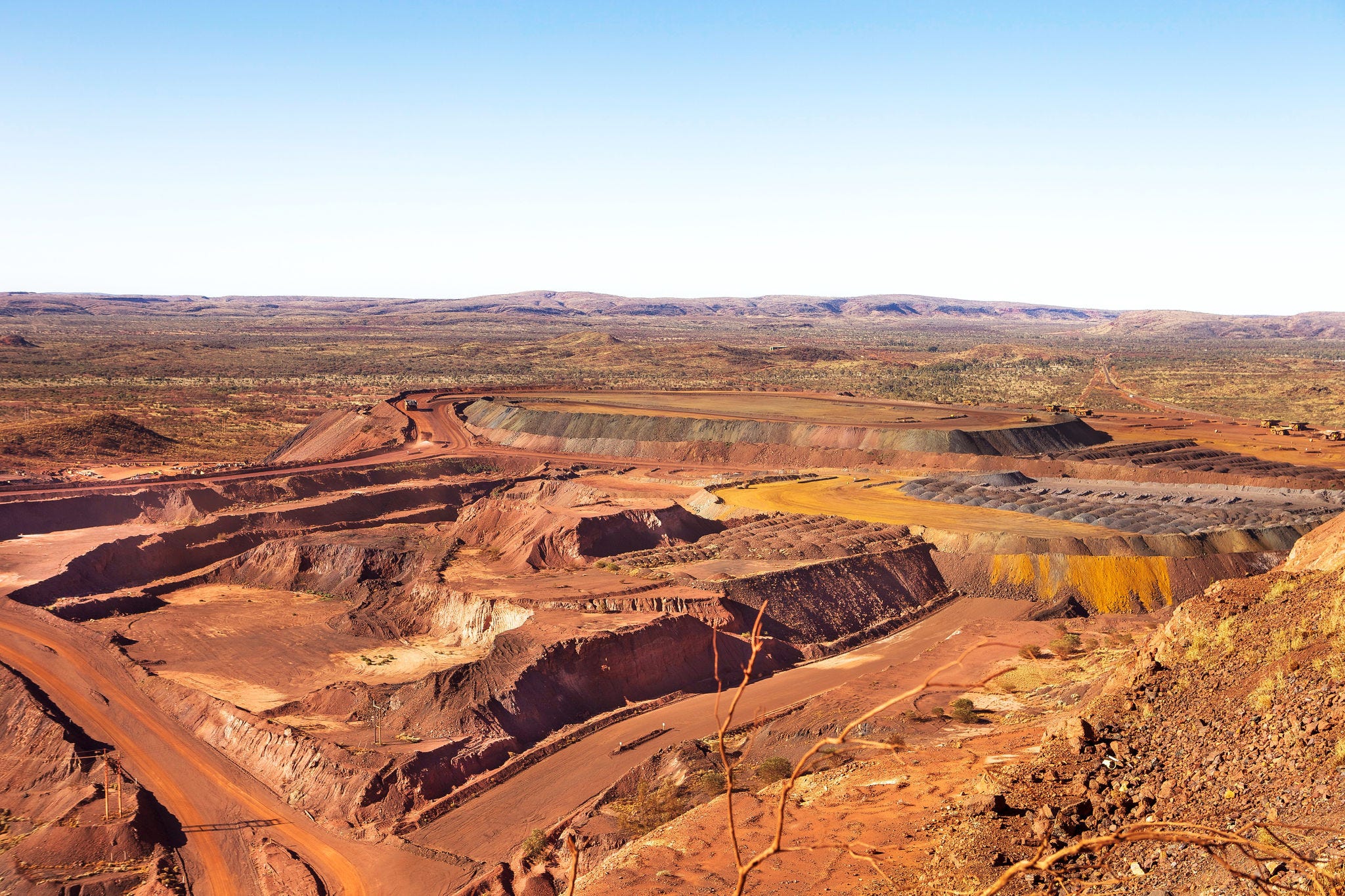The 2024 OECD Conference of Mining Regions and Cities occurred October 8-11 in Greater Sudbury, Canada.
The event brought together stakeholders from the public and private sectors, academia, civil society organizations, and Indigenous representatives to explore well-being in mining regions. The discussions centred around two key pillars:
- Partnering for sustainable development in mining regions
- Future-proofing regional mineral supply for the energy transition
Day 1: Opening session
The conference opened with a First Nations ceremony, including drumming, dancing, and a welcome prayer, followed by remarks from local leaders and OECD representatives. Speakers highlighted the importance of collaboration and the role of mining regions in sustainable development.
Lessons from the OECD Mining Regions Initiative
This panel discussion focused on lessons learned from the OECD Mining Regions and Cities Initiative, which has conducted regional case studies and events over the past eight years to share best practices. Speakers from various case study regions discussed key takeaways and future challenges for mining regions.
Indigenous-centred pathways for sustainable futures in mining regions
This panel discussion focused on Indigenous-centred pathways for sustainable futures in mining regions, highlighting the importance of consultation, engagement, and tangible benefits for Indigenous communities. Key insights from the Indigenous-led preconference were shared, alongside perspectives from public and private sector representatives on how to implement these priorities.
Aligning ESG initiatives with community and Indigenous-led activities to maximise benefits in mining regions
This panel explored strategies for coordinating diverse stakeholders in mining regions to enhance well-being. It focused on initiatives such as companies' environmental, social, and governance (ESG) practices, as well as Indigenous-led and community-led efforts. Panellists discussed how their projects measure success and align with broader regional goals.
Day 2: Opening session
This panel examined how regions and local actors adapted to global industrial policy shifts, such as the U.S. Inflation Reduction Act and the EU Critical Raw Materials Act, which aimed to accelerate critical minerals projects for the green transition. The discussion focused on balancing the growing demand for mineral projects with sustainable practices and ensuring local benefits.
The role of local actors and Indigenous peoples in improving environmental outcomes of mining
This panel addressed stakeholders' concerns regarding the understanding and monitoring of mining's environmental impacts, emphasizing the importance of transparency and community trust in environmental measurements. Discussions focused on participatory strategies for assessing direct and indirect impacts—such as greenhouse gas emissions, water consumption, biodiversity, and land use—along with initiatives aimed at mitigating negative externalities.
Advancing circular practices to increase local added-value
This panel discussed how the green transition offers mining regions opportunities to unlock new business prospects and value-added jobs. It focused on various industries and activities, particularly circular economy strategies such as recycling, repurposing, and remanufacturing.
Planning for resilient mining economies and transition pathways
This panel addressed the transitions many mining regions are experiencing in the context of climate change, whether shifting away from mining specializations or moving from one material (e.g., coal) to another (e.g., critical raw materials). The discussion encompassed various experiences, including planning for new mines, supporting diversified local economies, and repurposing mining areas for other economic activities to ensure positive regional development.


